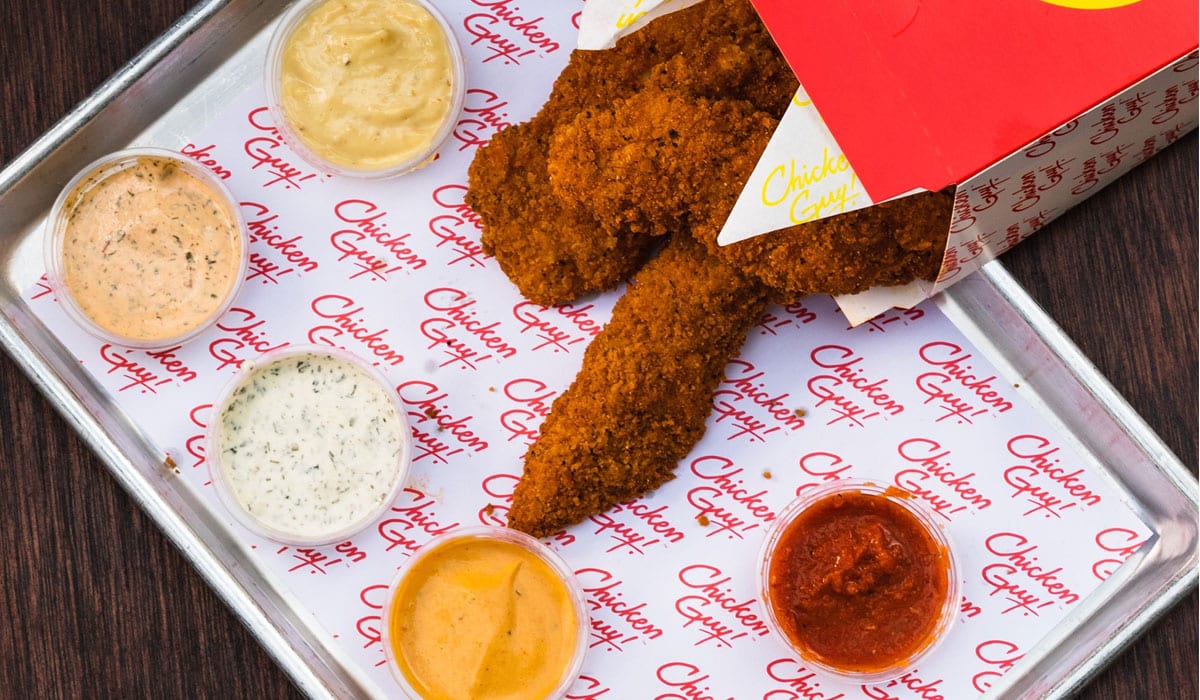Shake Shack has pulled up to a pivotal juncture. It expects to open 45–50 company-owned units next year, which would mark the most in a single calendar in brand history. This after COVID-19 slowed growth to 26 net (20 corporate and 16 licensed) sites in fiscal 2020, with 35–38 domestic company stores unfolding across 2021, as well as roughly 25 licensed venues.
The fast casual was among those dine-in and urban-heavy fast casuals that faced significant disruption in the pandemic’s early months. Same-store sales dropped 64 percent in the Q2 2020 period that ended April 22.
Why Shake Shack felt such a sharp string wasn’t complicated. By Q3, comps had ticked up to negative 39 percent. However, city-center restaurants remained 50 percent lower as they materially unperformed suburban ones by more than 20 percent. NYC restaurants fell 56 percent in July. Manhattan specifically, 65 percent.
Going back, Shake Shack launched a mobile app in 2017. Yet still, more than 85 percent of its sales pre-COVID came from guests walking into restaurants and ordering at the cashier.
Come Q2 2020, digital sales surged from 15 percent of sales a few months prior to 75 percent, and grew more than threefold, year-over-year.
Shake Shack’s trajectory has sloped upward since. Urban same-store sales were down 11 percent from 2019 in September, but improved to negative 8 percent a month later. It represented a solid jump from a 23 percent plunge in Q2. Suburban same-store sales hiked 7 percent in October versus two years ago.
More than half of Shake Shack’s planned corporate openings in 2022 are going to come in suburban markets, principally popping up as freestanding and shopping center locations with enhanced convenience options, such as drive-thru and drive-up.
In all, Shake Shack reported $193.9 million in total revenue last period (Q3), its highest quarterly mark ever, but same-store sales lowered 7.3 percent over 2019 (up 24.8 percent compared to the same period last year). However, comps in October were nearly back to 2019 levels. And Texas and some Northeastern units comped in the high-single to low-double digits versus two years ago. Stores generated $70,000 in average weekly sales.
Like many chains, Shake Shack’s surge reflected an opening of the digital funnel. Many of its early pivots have become permanent functions, including multi-channel delivery, enhanced digital pre-ordering, and expanding fulfillment capabilities.
With digital growing at a blurring pace, Shake Shack had to address one of the reasons it faced such an uphill climb to begin with—the reality its asset base had work to do to capture omnichannel business. The response was “Shake Track,” which centers on pick-up shelves, windows, and curbside. “The need to enhance and alter the physical restaurant to meet the needs of digital is so important to Shake Shack that today, nearly all new restaurants we open have some aspect of Shack Track,” CFO Katie Fogertey says. In one example, in units where Shake Shack offers a kiosk order mode, 75 percent of sales come through that channel as well as digital.
While Shack Shake is hardly a fresh player, it’s still a relatively young company with just north of 200 corporate units today. The chain entered 2020 with 24 percent of its locations 12 months or younger and an average U.S. age of just 2.9 years. That leaves a lot of runway to connect its digital experience to store design going forward. “… we know our guests expect our digital experience to be at parity or even better than other restaurant brands with more units and more resources,” Fogertey says. “We have had to be and will continue to be strategic with our investments, but most importantly, we will continue to invest in digital initiatives to help welcome more guests into our omnichannel.”
Between March 2020 and November 2021, the brand served north of 3.2 million total purchasers on company-owned app and web channels, and in Q3, Shake Shack grew this base by 14 percent quarter-over-quarter at the same time its dine-in sales lifted double digits and more than doubled from last year’s levels.
It retained about 80 percent of the digital sales seen at COVID peak (June 2020), with digital mixing 42 percent of sales last quarter.
Just this year, it introduced delivery through the Shack App and the company’s web channels, offering 99-cent delivery and free delivery on orders over $35, at menu prices below third-party delivery.


 [image source_ID=”131312″]
[image source_ID=”131312″]
Expanding on these trends and convenience goals further, Shake Shack will now open its first drive-thru at 11 a.m. on December 6 in Maple Grove, Minnesota. The company plans to have 10 by the end of 2022.
The store will feature a digital menuboard, two-lane ordering system, and a separate pickup window.
Additionally, the venue boasts a split-kitchen design with a separate kitchen dedicated just to drive-thru business. To help mitigate long lines, employees will take orders and payment at multiple points along the journey.
“Our Maple Grove opening is a huge step forward for our brand. We’ve been envisioning drive thru for some time now and have been working diligently to make the experience uniquely Shake Shack. We’re bringing our guests an even greater quality, craft, care and experience while adding a new level of convenience,” Shake Shack Randy Garutti said in a statement. “We’ll be learning a lot from this location and will continue to optimize and adapt as we roll out more of these formats next year.”






